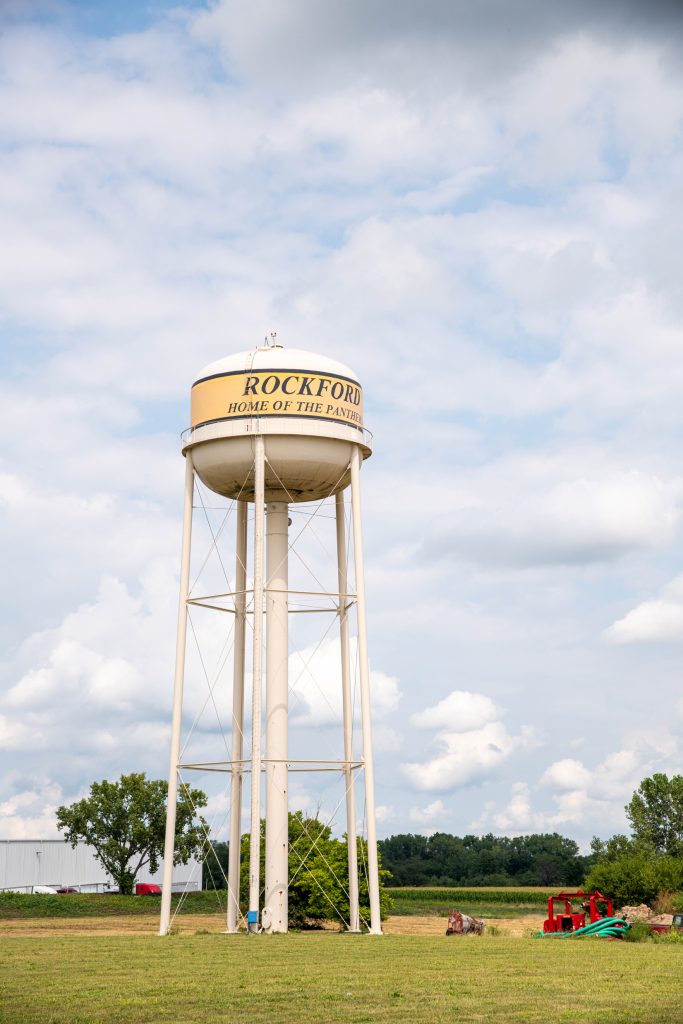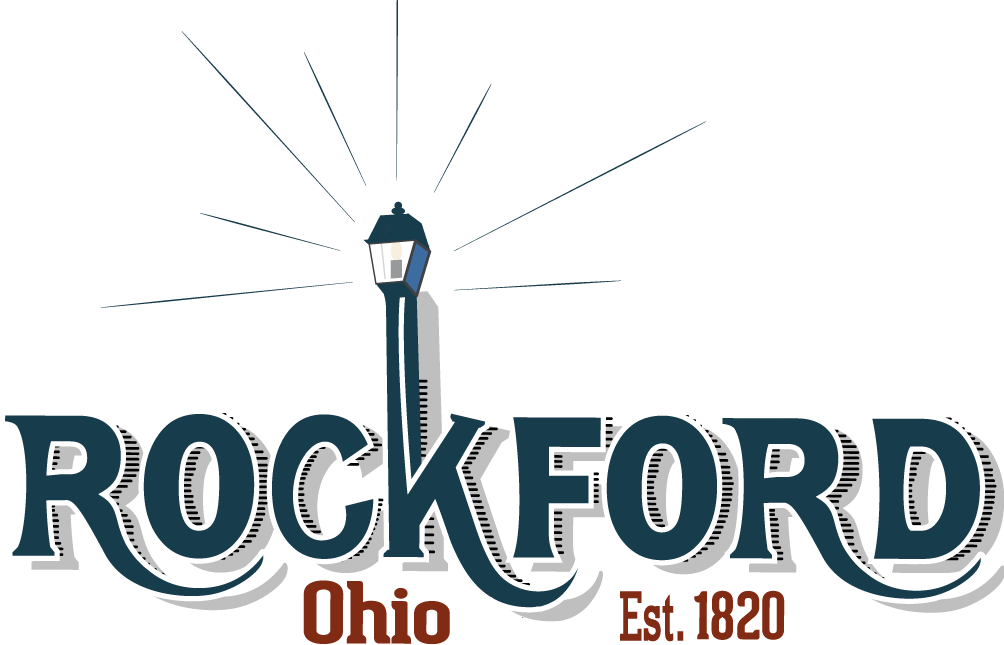How was RADC started?
The Rockford Community Development Group had been appointed earlier by the village council, and the steering committee was selected at the development group’s meeting held May 24, 2006, in the Rockford Village offices building.
What is the RADC’s official name?
The name selected for the corporation is the Rockford Area Development Corporation. “The” is not a part of the name.
Do I have to own a business to belong to the RADC?
Membership is open to individuals, families, businesses, charities, community organizations, churches, and other recognized entities. The annual member ship fee shall be $25 for an individual or a family. A standard business or organizational membership shall be $50. An executive business or organizational membership shall be $100. The fee shall be the same regardless of when paid–there will be no prorating based on remaining fiscal year or other criteria.
Are waste and water available to these sites?
Yes, for both sites.
How is the RADC structured?
The RADC is an Ohio non-profit corporation that is not an Internal Revenue Service designated 501(c)3 entity.
How often does the RADC meet?
The meetings are typically the fourth Monday of the month at 7:30pm in the Rockford Carnegie Library basement.
How much land is available for development in the Rockford Area?
There two tracts of land available at this time. One has approximately 50+ acres with 13 acres already annexed into the Village of Rockford and the balance is outside the village but could be readily annexed. The other tract is 70 acres with approximately 20 acres to be devoted to commercial development and much of the other for residential development.
Are there grants or matching funds available?
Both RADC and the Village of Rockford have a working relationship with the Mercer County Economic Development director who would help locate this type of funding.
RADC Goals
- Attraction of new business to the area
- Enhancement of the atmosphere for existing business in the area
- Community development in infrastructure, housing, and quality of life
- Enhancement of employment opportunities
- Attraction of new residents


